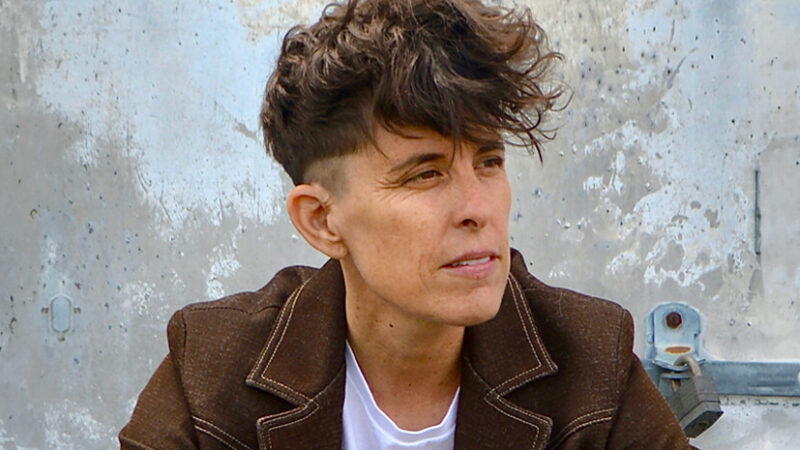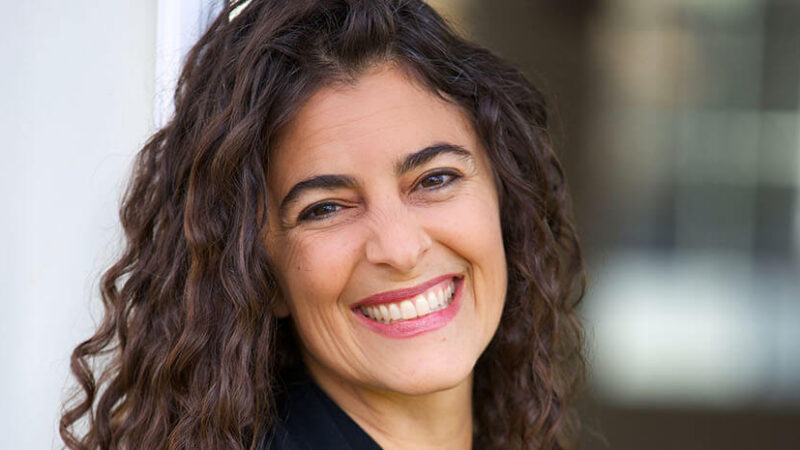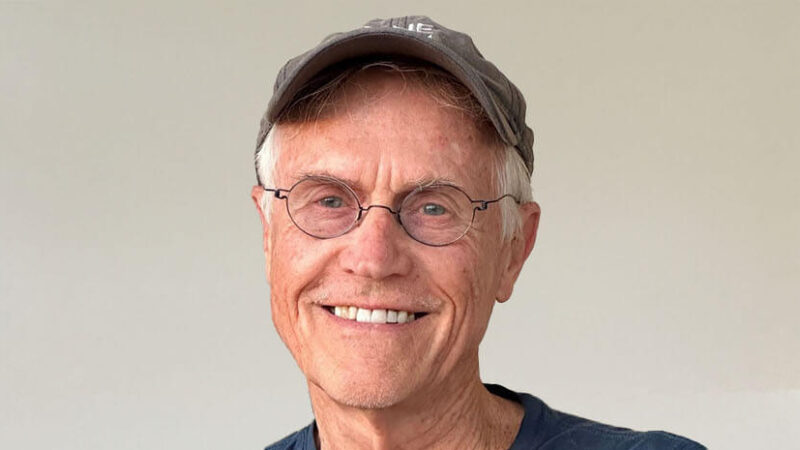
Qing Li, the medical professor in Tokyo, put together a list of basic rules to create the ideal interaction between forest trees and the human immune system. Professor Li is one of the leading scientists in the area of forest medicine. He advises:
- Remain in a woodland for at least two hours, while walking approximately 1.5 miles (2.5 km). If you have four hours to spend there, hike about 2.5 miles (4km). In order to boost your natural killer cells and anti-cancer proteins over a longer period of time as well, it is recommendable to spend three days in a row in a forest.
- Make a walking/hiking plan that suits your physical condition. Make sure you don’t get tired during your time in the woods.
- If you feel tired, take a break whenever you want and as long as you want. Look for a place in the forest where you feel comfortable.
- If you’re thirsty, try to drink water or tea.
- Pick a place in the forest that you spontaneously like and invites you to stay. Stay there for a while, sitting and reading, for example, or meditating, whatever you want, but enjoying the gorgeous ambiance and relaxing.
- To lastingly maintain the number and activity of your immune system’s natural killer cells and anti-cancer proteins, Qing Li recommends staying in a forest region two or three days per month and advises spending about four hours each day in the woods.
- In addition to his advice, I’d like to add the following tips that I consider very helpful:
- The contents of the anti-cancer terpenes in the forest air change over the seasons. The highest concentration is in summer and the lowest in winter. They increase rapidly in April and May, and in June and August, reach their peak. During these months, there are the most terpenes in the woods for your immune system to absorb.
- Furthermore, you can find the highest concentration of terpenes in the middle of the forest, since tree population is the densest there. The tree leaves and needles form an especially rich source. Additionally, the dense canopy prevents these gaseous substances from escaping the forest. Therefore, it is advisable to go further into the woods and not just spend time on the edges.
- When the air is moist, for example after rain or during fog, a particularly large amount of healthy terpenes is swirling around the forest air. This means we weren’t going crazy when we felt especially good during a walk in the woods after rain showers.
- By the way, anti-cancer terpenes are the densest in and near the ground, where we humans are normally present. Higher up, some of them are destroyed by the sun’s UV light that manages to get through the canopy here and there. Thus, it appears as if the distribution of this healthy substance was actually tailored to our body size.
Important: Don’t forget that forest medicine is especially helpful when it comes to preventing disease. However, if you are already sick, or feel sick, please go straight to your doctor. Forest medicine is under no circumstances a replacement for conventional medical check-ups.
Looking for more great reads?

Excerpted from The Biophilia Effect by Clemens G. Arvay.

Clemens G. Arvay, MSC, is a biologist and nonfiction writer who studied landscape ecology and applied plant science in Vienna and Graz. He centers his work on the relationship between man and nature, focusing on the health-promoting e?ects of contact with plants, animals, and landscapes. His most recent book is The Healing Code of Nature (Random House Germany, 2016). He lives in Austria. For more, visit arvay.info.






 A Nature Meditation for Better Focus
A Nature Meditation for Better Focus






 Born in 1980,
Born in 1980, 



